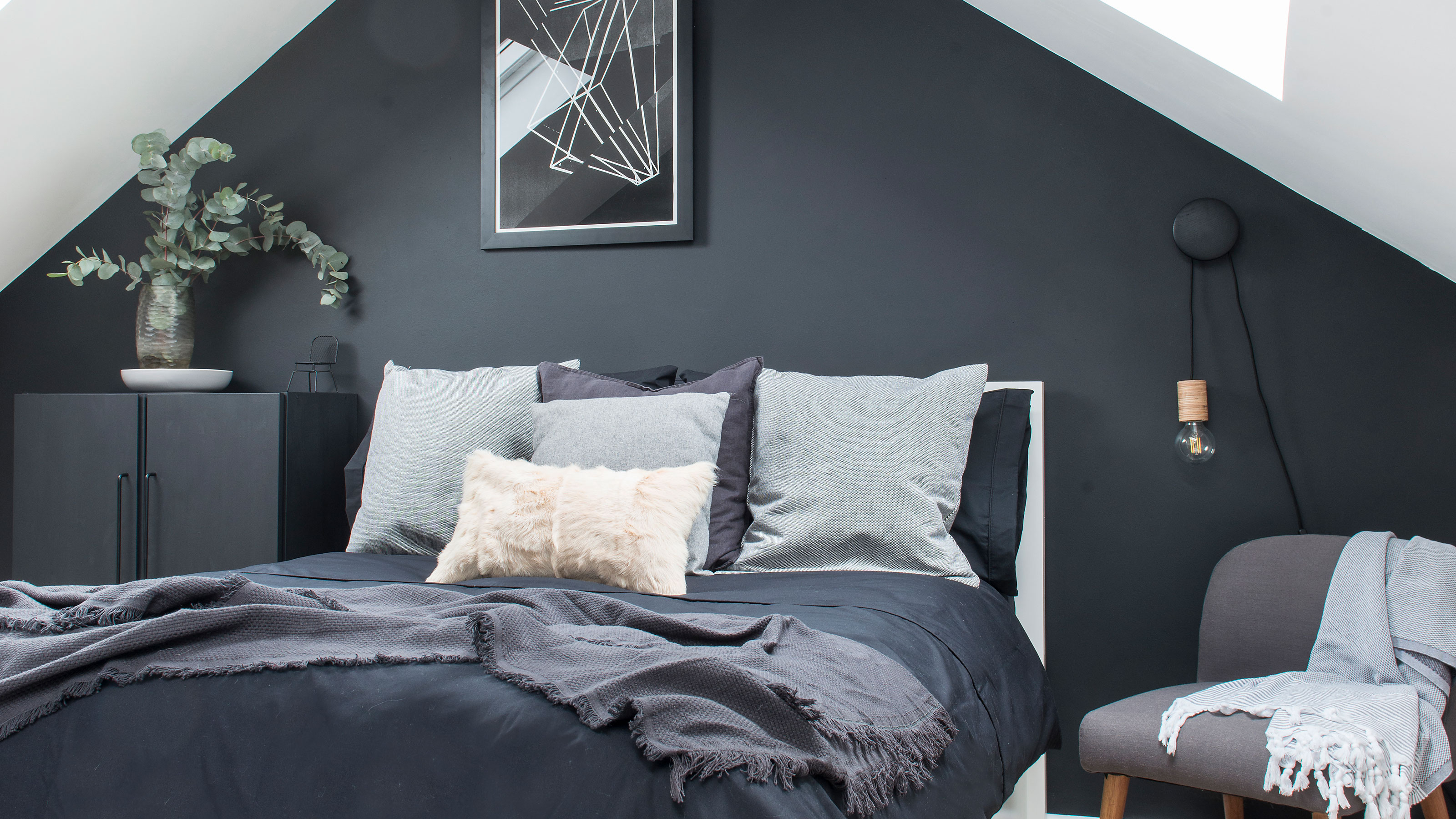How to choose a bed - sleep experts reveal the four things you must consider before investing
Take the time to choose the best bed frame that will deliver you straight to snooze town


If there's one piece of furniture we simply have to get right, it's got to be our bed. Given how much time we spend in it - and the close link between a good night's sleep and our health and wellbeing - knowing how to choose a bed that's right for you is essential.
The 'perfect' bed will look and feel different for everyone, based on individual needs and lifestyle. The best mattresses are real game-changers, but unless you pair them with the right bedframe, they're not going to work as well at helping you to sleep better.
'We spend a third of our lives in our beds and as such, investing in the right bed is something we should all prioritise,' says Theresa Schnorbach, Sleep Expert at Emma - The Sleep Company.
Fortunately, you can learn how to choose a bed that's right for you. There are four all-important factors to consider that will help you choose the bed of your dreams.
How to choose a bed: the 4 factors to consider
'Bed frames have two purposes,' says Shelley Cochrane, Accessories Buyer, Furniture Village. 'First, they provide support to your mattress, usually on a wooden slatted or sprung base. And second, as they come in a wide variety of styles, they’re a fantastic way to set the tone for your bedroom scheme and can help establish a design style or anchor a colour theme.'
Here are the four things to consider before you invest in a bed. These expert-approved tips will teach you how to choose a bed that will serve you well for years to come.

Theresa Schnorbach is a psychologist and sleep scientist, specialized in Clinical Psychology and Cognitive Neuropsychology. She has completed a post-graduate training in Cognitive Behavioural Therapy for Insomnia (CBT-I) with the German Sleep Society (Deutsche Gesellschaft für Schlafforschung und Schlafmedizin (DGSM)), endorsed by the European Research Society.
1. The base of the bedframe

Knowing how to choose a bed firstly involves deciding on the type of base you want your mattress to be supported by. Sleep scientist Theresa lays out the following guidelines for the different bedframe bases:
Sign up to our newsletter for style inspiration, real homes, project and garden advice and shopping know-how
- Solid slats tend to be what we think of when we think of a traditional bed, with the mattress supported across timber slats spaced across the bed frame. This helps to promote airflow.
- Sturdy and fixed slats are a great option if you like a firmer feel. These bases also tend to be a more affordable option.
- Sprung slats have a bit of spring to them thanks to their convex shape. This extra bit of ‘bounce’ not only helps to provide great support and absorb your nighttime movements (great if you’re a wriggly sleeper!), but can also help to give your mattress a longer life.
Have a browse through the different types of bedframes available and you should get a clearer picture of which will work best for you.
2. The size of your bedroom

The size of your bedroom will determine how big or small your bedframe should be. Small bedrooms shouldn't try and encompass a huge bed, and vice versa, large bedrooms should make use of excess space with a bigger bedframe.
The experts recommend getting a bedframe that's as big as your room allows, to increase your chances of better sleep. 'A larger bed provides more room to stretch and move during the night,' says Carl Wash, Founder, Bed Guru. 'For couples, this reduces the chance of disturbing your partner while sleeping.'
3. Materials of the frame

'You’ll want to choose a bed frame made from high-quality, long-lasting materials, like solid wood or metal for maximum comfort,' says Lena Gierasinska, Head of Product and Displays, Barker and Stonehouse. 'Choosing a bedframe that provides ample support is crucial – spending lots of money on a mattress is pointless unless you also invest in a bed frame that offers support.'
Hardwoods like oak are great for longevity, as they're resistant to moisture. Metals like steel are just as sturdy, and they look great in modern bedroom ideas. And don't rule out an upholstered fabric bedframe, a stylish choice that will also stand the test of time.
4. The need for extra storage

If you're low on bedroom storage ideas, a bed which includes storage is a good option. Given how much space the bed takes up, you may as well put it to good use by opting for a divan bed - especially if your bedroom is on the smaller side.
'A neat and tidy space will not only help you to maintain the look and feel of your scheme but will help to create a calming sleep environment,' says Shelley from Furniture Village. 'A divan set with drawers or an ottoman bed frame will provide useful extra storage space without taking up any extra floor space.'
FAQs
Which type of bed is best?
The type of bed that is “best” will largely come down to your preferences as a sleeper. There are however some things that will ring true for all.
'Ultimately, you want your bed frame, mattress, and bedding to work together to support you and hold your spine in the proper alignment as you sleep,' says Theresa Schnorbach. 'You also want your bed and bedding to help ensure air is flowing freely so that you are kept at an optimal temperature for sleep and so your mattress lasts for years to come.'
Fixed slats are preferred by people who like a firmer feel under their mattress, whereas sprung slats have a bit more 'bounce'. It's always a good idea to test beds before you invest in them, so you can decide which type is best for you.
How do I choose the right bed for my room?
Room size is an important factor to consider when choosing a bed. It's recommended to buy as big a bed as your space allows, but don't take that literally; the bed shouldn't make the room feel overcrowded or leave you with only a small slither of space to walk around.
'To see if a bed is going to be too big or too small in your bedroom, we recommend mapping your bedroom out using masking tape or pieces of paper,' says Carl Walsh from Bed Guru. 'You’re then able to visualise exactly how much floor space you’re going to be left with.'
Carl adds, 'it’s important to remember that with any furniture you’ve mapped out you will have to account for the protrusion of opening draws and doors.'
Now you know how to choose a bed that suits you - and your bedroom - get searching for the perfect bed and look forward to enjoying better sleep for years to come!

Katie has been writing freelance since early 2022, specialising in all things homes and gardens, following achieving a Masters in Media and Journalism. She started out writing e-commerce content for several of Future’s interior titles, including Real Homes, Gardeningetc, Livingetc, and Homes and Gardens. Since then she’s been a regular contributor on Ideal Home’s digital team, covering news topics, how-to guides, and product reviews.